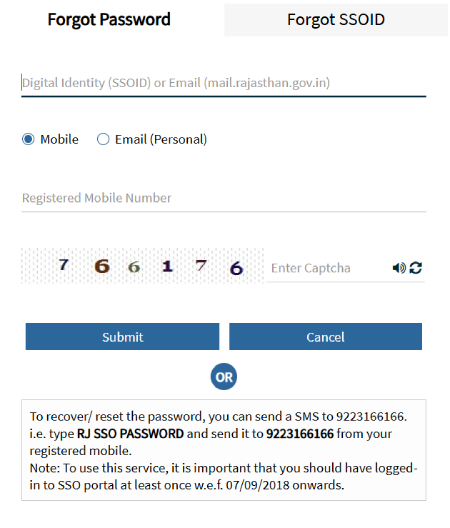What is SSO? Understanding Single Sign-On and How It Works
Single Sign-On (SSO) is a user authentication process that allows individuals to access multiple applications with one set of login credentials. This mechanism simplifies the user experience by reducing the number of times a user must log in to different services, thus enhancing productivity and security. At the heart of this process is the SSO ID, a unique identifier assigned to each user within an SSO system.
 The SSO ID serves as a digital key that links a user to their various accounts across multiple platforms. When a user logs into an SSO-enabled service, SSO ID they authenticate their identity using their SSO ID and password. Once authenticated, the SSO system generates a token that grants access to other connected applications without requiring additional logins. This token is typically valid for a specific duration and can be revoked or refreshed as needed, ensuring that user sessions remain secure.
The SSO ID serves as a digital key that links a user to their various accounts across multiple platforms. When a user logs into an SSO-enabled service, SSO ID they authenticate their identity using their SSO ID and password. Once authenticated, the SSO system generates a token that grants access to other connected applications without requiring additional logins. This token is typically valid for a specific duration and can be revoked or refreshed as needed, ensuring that user sessions remain secure.
One of the primary benefits of using an SSO ID is the enhanced security it provides. By centralizing authentication, organizations can implement stronger security measures, such as multi-factor authentication (MFA) or biometric verification, at the SSO level. This reduces the risk of password fatigue, where users create weak, easily guessable passwords due to the burden of remembering multiple credentials. Furthermore, in the event of a security breach, revoking access to the SSO ID effectively locks out all linked accounts, providing a streamlined approach to managing security incidents.
Another advantage of SSO IDs is the improved user experience. Users no longer need to remember multiple usernames and passwords for different services, which can lead to frustration and decreased productivity. Instead, they can focus on their tasks without the interruption of repeated logins. This is particularly beneficial in corporate environments where employees frequently switch between applications for their daily tasks.
However, the implementation of SSO IDs is not without its challenges. Organizations must ensure that their SSO systems are robust and secure, SSO ID login as a compromise of the SSO ID can lead to unauthorized access to all linked applications. It is crucial for organizations to adopt best practices in identity management, such as regular audits, monitoring for suspicious activity, SSO and ensuring that all applications integrated into the SSO framework adhere to security standards.
Additionally, organizations must consider the user experience during the transition to an SSO system. Proper training and communication are essential to ensure that users understand how to use their SSO ID effectively and securely. This includes educating them about the importance of maintaining strong passwords and recognizing phishing attempts that target SSO credentials.
In conclusion, the SSO ID is a pivotal component of modern authentication systems, offering significant benefits in terms of security and user experience. As organizations continue to adopt cloud-based services and applications, the need for efficient and secure authentication methods will only grow. By leveraging SSO IDs, organizations can streamline access management while enhancing security protocols, ultimately leading to a more productive and secure digital environment for users.
 The SSO ID serves as a digital key that links a user to their various accounts across multiple platforms. When a user logs into an SSO-enabled service, SSO ID they authenticate their identity using their SSO ID and password. Once authenticated, the SSO system generates a token that grants access to other connected applications without requiring additional logins. This token is typically valid for a specific duration and can be revoked or refreshed as needed, ensuring that user sessions remain secure.
The SSO ID serves as a digital key that links a user to their various accounts across multiple platforms. When a user logs into an SSO-enabled service, SSO ID they authenticate their identity using their SSO ID and password. Once authenticated, the SSO system generates a token that grants access to other connected applications without requiring additional logins. This token is typically valid for a specific duration and can be revoked or refreshed as needed, ensuring that user sessions remain secure.